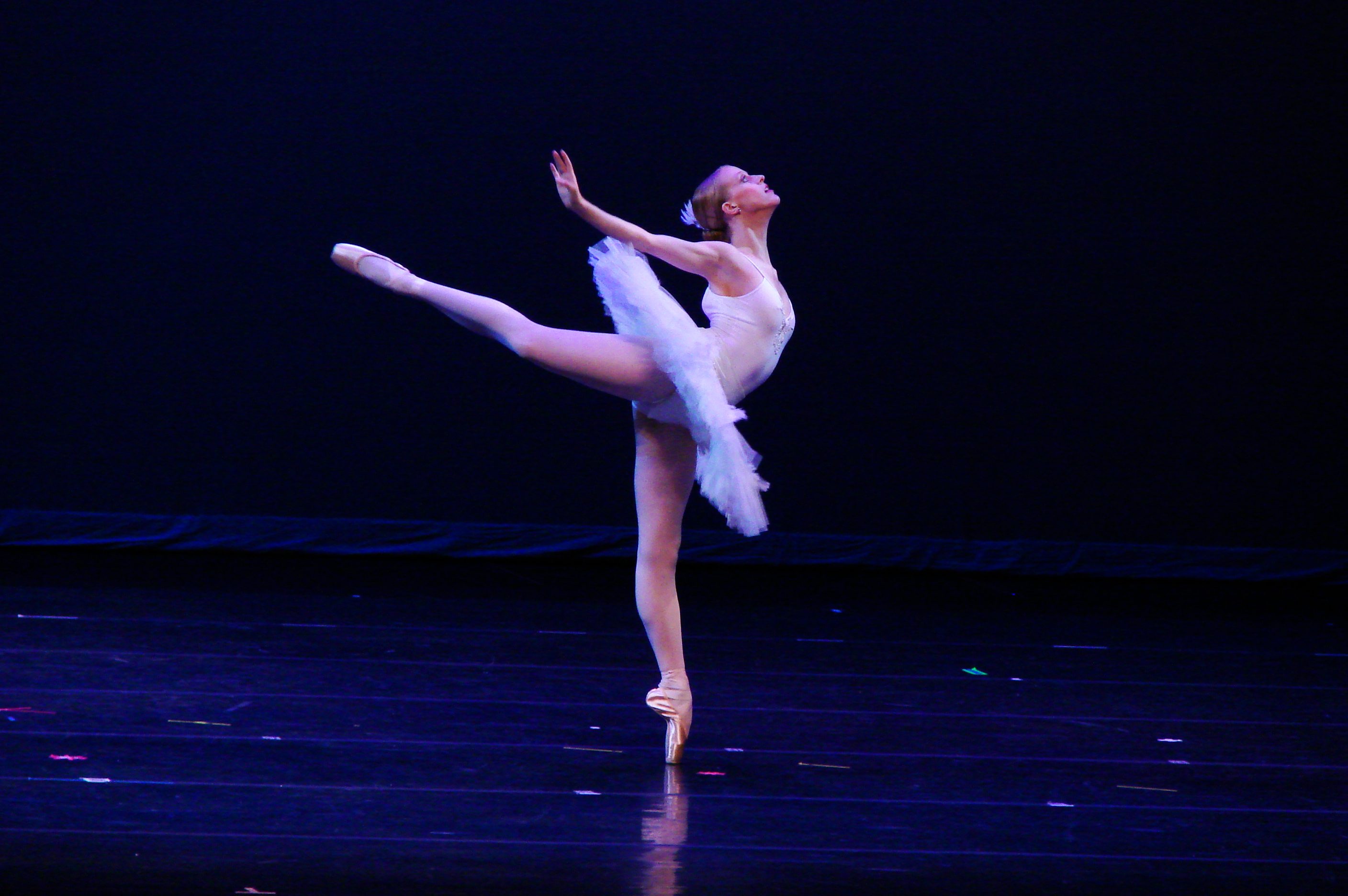Ballet is a timeless art form that transcends boundaries, captivating audiences with its blend of grace, athleticism, and storytelling. Originating in the royal courts of the Renaissance, ballet has evolved into various styles, each unique in its expression and technique. This enchanting dance form not only showcases the physical prowess of its performers but also communicates deep emotions, making it a beloved spectacle around the world.
The beauty of ballet lies in its ability to convey complex narratives through movement and music. Whether it's the tragic love story of "Romeo and Juliet" or the whimsical adventures of "The Nutcracker," ballet invites viewers to experience a range of emotions, from joy to heartbreak. The dancers, often trained from a young age, dedicate countless hours to perfecting their craft, embodying the very essence of discipline and artistry.
As we delve deeper into the world of ballet, we will explore its history, different styles, and the remarkable individuals who have shaped its landscape. From the iconic ballerinas who have graced the stage to the contemporary choreographers pushing the boundaries of this art form, ballet continues to evolve while maintaining its core essence. Join us on this journey as we unravel the magic of ballet.
Read also:What Is D23 The Ultimate Guide To Disneys Fan Club
What is the History of Ballet?
Ballet has a rich history that dates back to the Italian Renaissance in the 15th century. It was initially performed in royal courts as a form of entertainment for the elite. The term "ballet" originates from the Italian word "ballare," which means "to dance." As it migrated to France, ballet became more structured, with the establishment of formalized techniques and training methods.
How Did Ballet Evolve Over Time?
Throughout the centuries, ballet has undergone significant transformations. From the Baroque period to the Romantic era, each phase introduced new styles and themes. The 19th century saw the rise of the "ballerina," with dancers like Marie Taglioni and Anna Pavlova becoming iconic figures. The introduction of pointe shoes allowed female dancers to perform ethereal movements, further enhancing the art form's visual appeal.
What are the Different Styles of Ballet?
- Classical Ballet: This traditional form emphasizes technique, precision, and grace. It adheres to established methods and focuses on storytelling.
- Contemporary Ballet: A fusion of classical ballet and modern dance, this style allows for more freedom of movement and expression.
- Neoclassical Ballet: This style retains classical techniques but incorporates more abstract themes and innovative choreography.
- Jazz Ballet: Combining elements of jazz and ballet, this energetic style emphasizes rhythm and improvisation.
Who are the Most Influential Figures in Ballet?
The world of ballet boasts a plethora of influential figures who have left an indelible mark on the art form. From choreographers to dancers, these individuals have shaped the trajectory of ballet and inspired generations of performers.
What Makes a Great Ballerina?
A great ballerina embodies a unique combination of talent, dedication, and artistry. Here are some essential qualities that define an exceptional ballerina:
- Technical Proficiency: Mastery of ballet techniques is crucial for executing complex movements and maintaining form.
- Emotional Expression: A ballerina must convey emotions through her performance, allowing the audience to connect with the story.
- Physical Conditioning: Ballet requires immense physical strength, flexibility, and stamina, necessitating rigorous training.
- Stage Presence: The ability to captivate an audience and command attention is vital for a successful performance.
Who are the Iconic Ballerinas of All Time?
Throughout the history of ballet, several ballerinas have achieved legendary status. Their contributions to the art form have not only set high standards but also inspired countless dancers. Some of these iconic figures include:
- Anna Pavlova: Renowned for her role in "The Dying Swan," Pavlova is celebrated for her emotional performances and technical prowess.
- Margot Fonteyn: A British ballerina who became a symbol of grace and elegance, Fonteyn's partnership with Rudolf Nureyev is legendary.
- Gelsey Kirkland: Known for her dramatic interpretations, Kirkland captivated audiences with her powerful performances.
What is the Role of Ballet in Modern Dance?
In contemporary dance, ballet serves as a foundation for many styles and techniques. Dancers often incorporate ballet elements to enhance their movements and create a more dynamic performance. The precision and discipline learned through ballet training are invaluable assets for modern dancers, allowing them to explore creativity while maintaining technical excellence.
Read also:Ice Spice And Cardi B A Dynamic Duo Shaping The Music Industry
How to Start Learning Ballet?
If you're interested in learning ballet, here are some steps to get started:
- Find a Local Studio: Search for dance studios in your area that offer ballet classes for beginners.
- Invest in Proper Attire: Comfortable clothing and ballet shoes are essential for practicing effectively.
- Practice Regularly: Consistency is key in mastering ballet techniques and improving your skills.
- Be Patient: Progress may take time, but dedication and passion will lead to improvement.
What is the Future of Ballet?
The future of ballet appears promising, with new generations of dancers and choreographers exploring innovative ways to express this art form. Collaborations with other dance styles, technology, and diverse influences are shaping the evolution of ballet, ensuring that it remains relevant and captivating for audiences worldwide.
Conclusion: The Enduring Allure of Ballet
Ballet continues to enchant and inspire, bridging the gap between the past and the future. Its rich history, diverse styles, and the dedication of its performers ensure that this timeless art form will endure for generations to come. Whether you’re an aspiring dancer or an avid admirer, the world of ballet offers an unparalleled experience of beauty and emotion.

